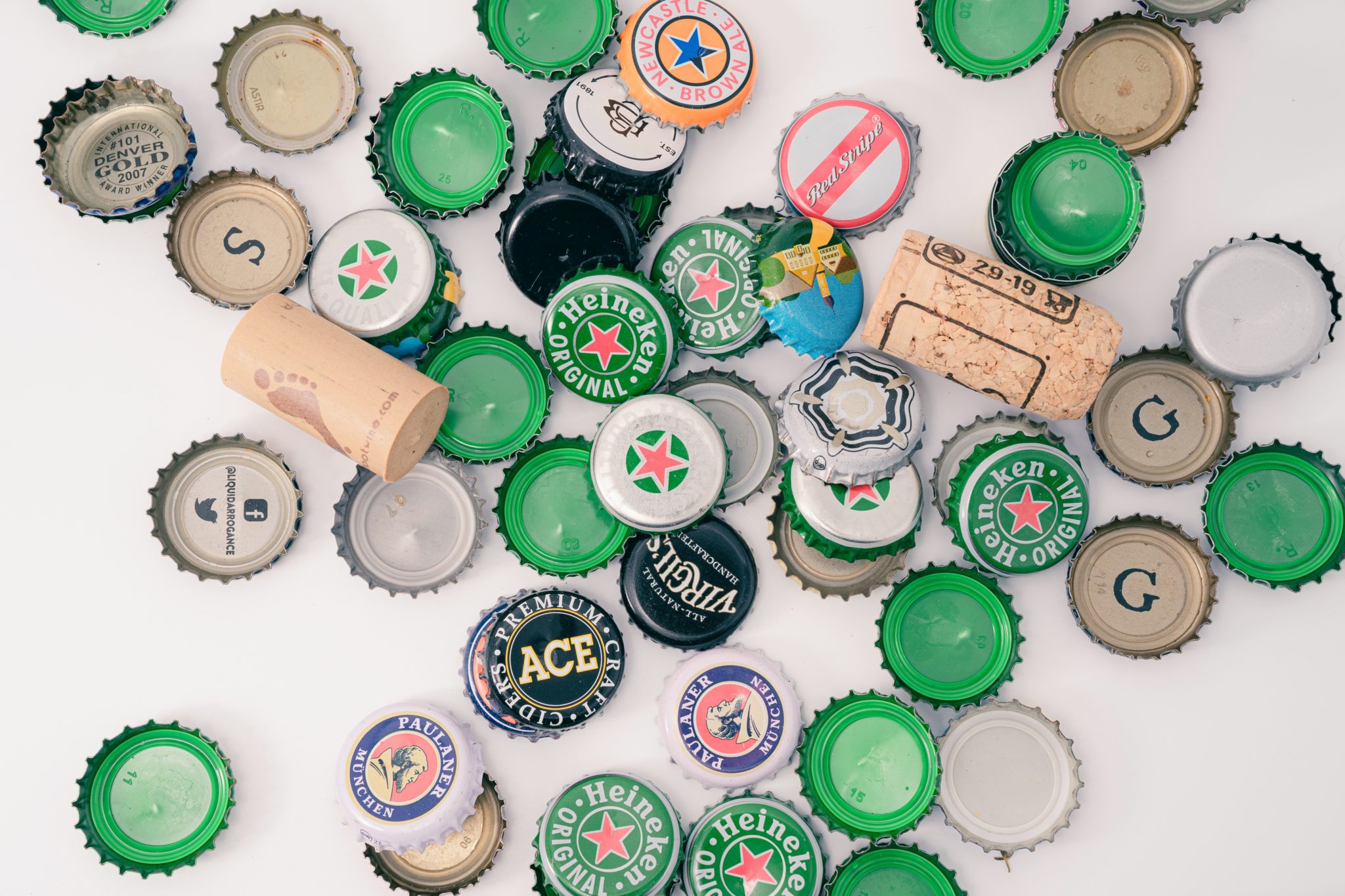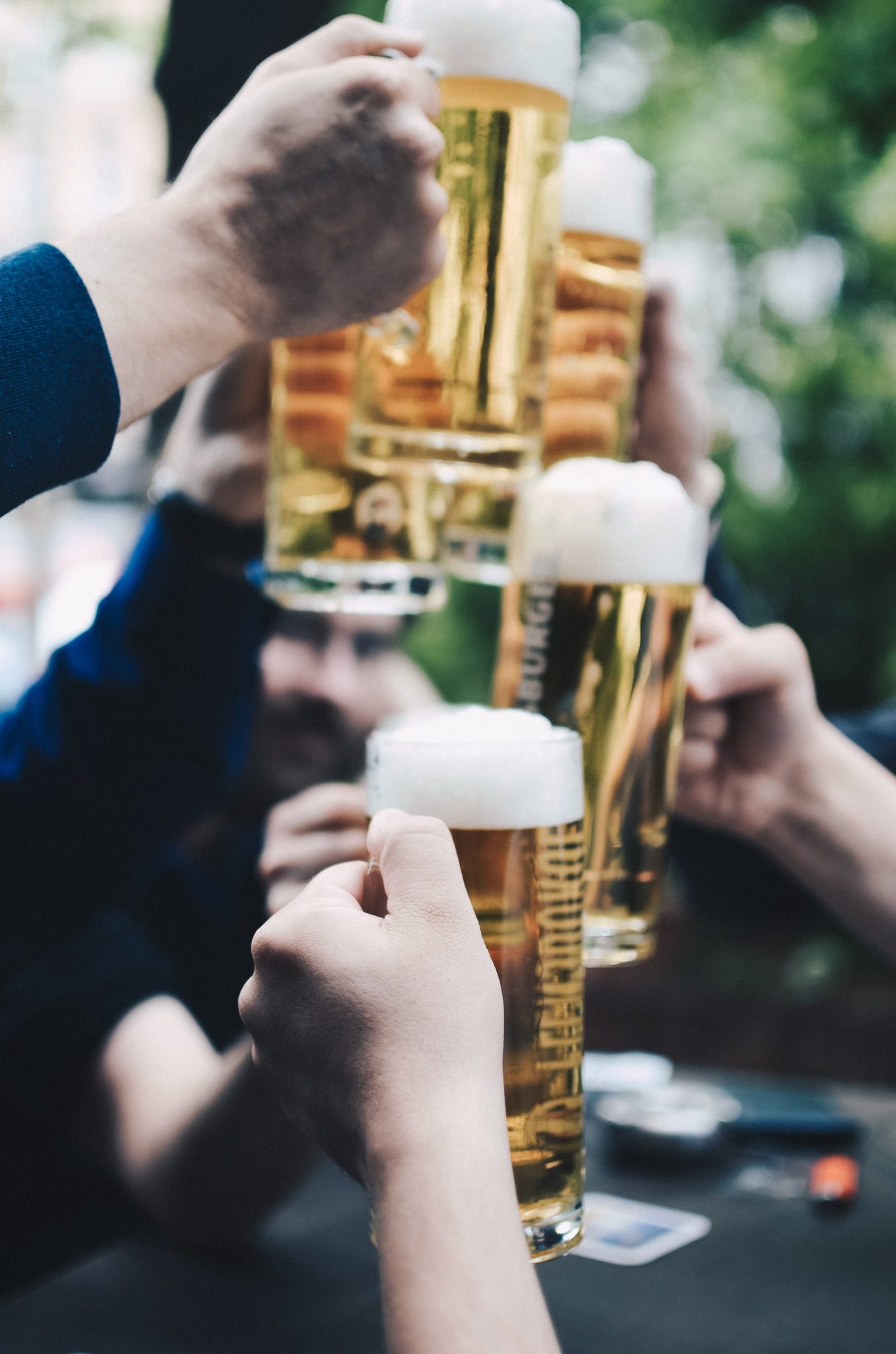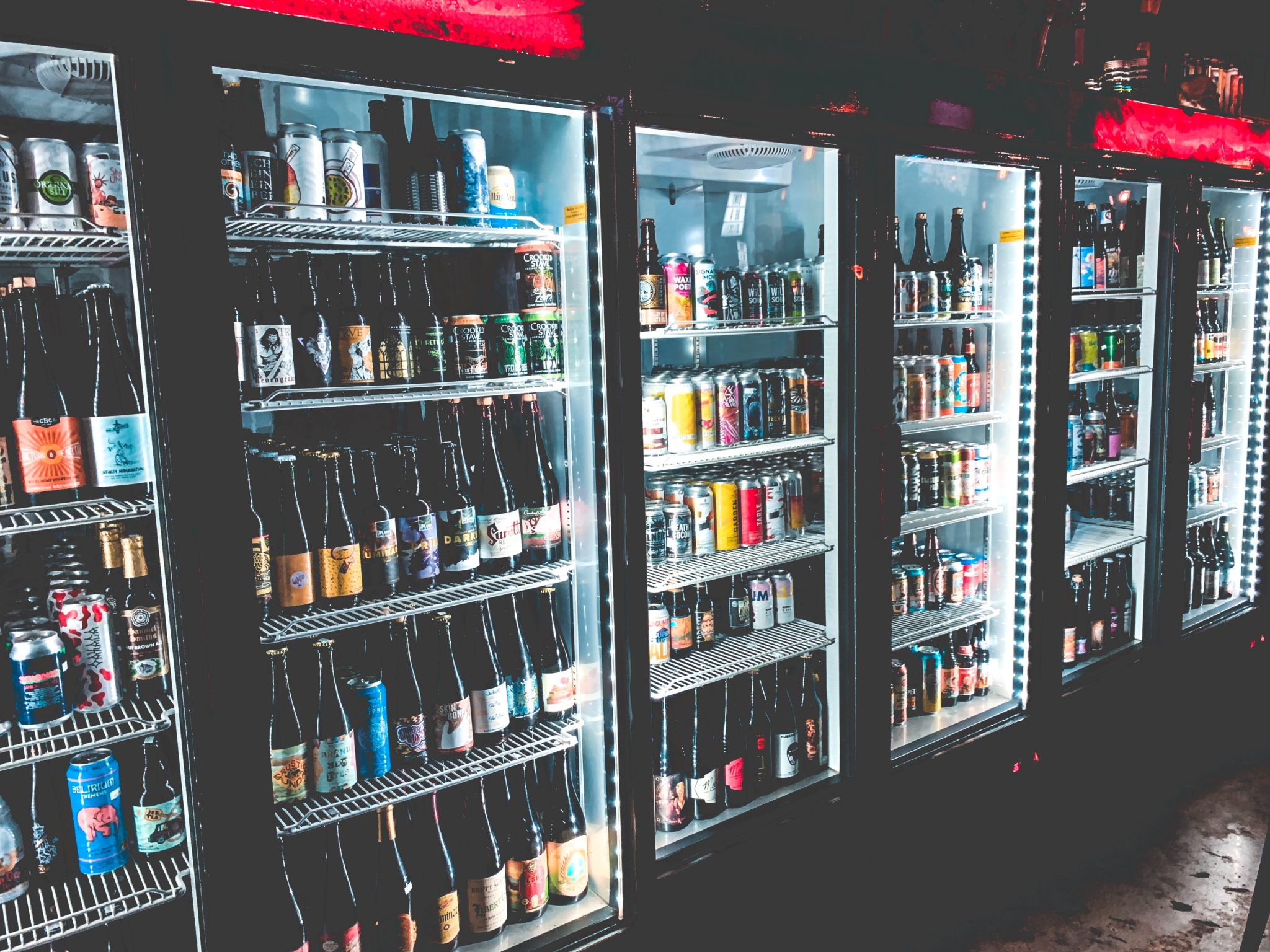Alcohol Addiction Statistics and Facts in the United States
Many people in the U.S. have felt the impact of alcohol abuse on their own lives, but few realize the true impact of alcohol and alcohol addiction on the nation as a whole.
Alcohol is linked to numerous health problems, injuries, and deaths throughout the country, and also places a significant economic burden on the United States and its taxpayers. Below, we’ll share some of the most important alcohol and alcoholism stats in America, and what you need to know about alcoholism in the U.S.
General Alcohol and Alcoholism Statistics in the US

According to the 2019 National Survey on Drug Use and Health (NSDUH), 50.8 percent of people aged 12 and older in the U.S. reported drinking alcohol in the past month.
47.1 percent of people who drank alcohol in the past month also reported binge drinking within the last month, and 24.4 percent of binge drinkers reported heavy alcohol use. For the purposes of this survey, binge drinking was defined as four drinks for women or five drinks for men on a single occasion. Heavy alcohol use was defined as binge drinking on five or more days within the past 30 days.
Among people aged 12 or older, 5.3 percent (14.5 million people) had an alcohol use disorder in 2019. Of these 14.5 million people, only 7.6 percent (or 1.1 million people) received treatment for their alcohol use.
Common reasons for not seeking treatment included not feeling that treatment was necessary, not being ready to stop, not knowing where to receive treatment, and not having insurance coverage or the ability to afford treatment.
Additionally, about 10.5 percent (7.5 million) of children in the United States live with a parent with alcohol use disorder. Children of alcoholics are four times more likely to become alcoholics themselves. They are more likely to experience neglect or abuse in the home, and to develop emotional problems. They may struggle with anxiety, depression, stress, low self-esteem, and academic difficulties.
Alcohol Use Statistics in the US by Age Group
The NSDUH groups alcohol statistics by age: ages 12-17, ages 18-25, and ages 26 and older.
Ages 12-17
- Any alcohol use in past month: 9.4 percent
- Binge drinking in past month: 4.9 percent
- Heavy alcohol use in past month: 0.8 percent
Ages 18-25
- Any alcohol use in past month: 54.3 percent
- Binge drinking in past month: 34.3 percent
- Heavy alcohol use in past month: 8.4 percent
Ages 26 and Older
- Any alcohol use in past month: 55.0 percent
- Binge drinking in past month: 24.5 percent
- Heavy alcohol use in past month: 6.0 percent
According to these statistics, slightly more adults aged 26 and older drink alcohol in general, but young adults aged 18-25 are more likely to binge drink and use alcohol heavily.
Alcohol Use by Gender
An estimated nine million men and 5.5 million women aged 12 and older in the U.S. have an alcohol use disorder. Nearly 59 percent of adult men report drinking in the past 30 days, in comparison to 47 percent of adult women.
Other key differences in alcohol use by gender include:
- Men are almost twice as likely as women to binge drink, and they have higher rates of alcohol-related hospitalizations and deaths.
- Four of every five total binge drinks are consumed by men.
- However, alcohol abuse and dependence among women increased by 83.7 percent from 2002 to 2013.
- Women who drink alcohol have a higher risk of some alcohol-related health issues than men, including breast cancer and damage to the liver, heart, and brain.
Cities and States With the Highest Rates of Alcoholism in the US

According to industry data, alcohol sales in the U.S. reached $253.8 billion in 2018.
The states that drink the most gallons of ethanol per capita are:
- New Hampshire (4.67)*
- Washington, D.C. (3.77)
- Delaware (3.52)
- Nevada (3.42)
- North Dakota (3.16)
- Montana (3.10)
- Vermont (3.06)
- Idaho (2.94)
- Wisconsin (2.93)
- Colorado (2.88)
- Alaska and Maine (both 2.85)
*New Hampshire’s numbers are likely inflated by cross-border sales due to lower taxes on alcohol.
U.S. cities with the highest percentages of excessive drinking include:
- Green Bay, WI
- Eau Claire, WI
- Appleton, WI
- Madison, WI
- Fargo, ND
- Oshkosh-Neenah, WI
- Missoula, MT
- Grand Forks, ND
- Wausau, WI
- La Crosse-Onalaska, WI
Seven of the ten cities with the most excessive drinking are located in Wisconsin.
Alcohol is the most common substance accounting for inpatient stays in the United States. States with the highest rates of alcohol-related inpatient stays include:
- Rhode Island
- Massachusetts
- Maryland
- Florida
- Minnesota
- Michigan
- West Virginia
The states with the highest death rates from excessive drinking are:
- New Mexico
- Montana
- Arizona
- Oklahoma
- West Virginia
- Nevada
- Oregon
- Kentucky
- Louisiana
- Colorado
Among the 16 substate regions with the highest rates of underage drinking, nine are in the Northeast, four in the Midwest, four in the South, and one in the West.
Economic Burden of Alcohol Abuse in the United States

Alcohol misuse cost the United States a total of $249 billion in 2010. Information on alcohol use is often unavailable or unreported, so researchers believe that studies actually underestimate the total economic burden of excessive alcohol use.
The following statistics further break down the economic burden caused by alcohol abuse in the U.S.:
- The $249 billion nationwide cost comes out to a median cost of $3.5 billion per state.
- The average cost per person in 2010 was $807, and the average cost per drink was $2.05.
- $2 of every $5 was paid by local, state, or federal governments.
- 76.7 percent of this total cost was linked to binge drinking.
- 9.7 percent of the total cost was related to underage drinking.
- 2.2 percent stemmed from drinking while pregnant.
More specifically, costs resulted from:
- Losses in workplace productivity (72 percent)
- Health care costs (11 percent)
- Criminal justice and law enforcement expenses (10 percent)
- Motor vehicle crashes (5 percent)
These costs were all linked to excessive alcohol use.
The highest cost per person was in Washington, D.C. ($1,526). Meanwhile, New Mexico saw the highest cost per alcoholic drink ($2.77).
Alcohol-Related Injuries and Deaths in the United States
95,000 people die from alcohol-related causes every year in the United States. This includes 68,000 men and 27,000 women. Alcohol is the third-leading preventable cause of death in the United States.
In 2001, a study showed that alcohol was responsible for nearly 2.3 million years of potential life lost in the U.S.(
Below are a few more statistics on death and injuries related to alcohol in the United States:
- Consumption of alcohol increases the risk of falling, being involved in a motor vehicle crash, drowning, and being injured from violence.
- Alcohol is involved in about 18.5 percent of ER visits and 22.1 percent of overdose deaths linked to opioid use.
- 28.0 percent of driving fatalities involved alcohol in 2019, resulting in 10,142 preventable deaths.
- Every year, approximately 5,000 young people in the United States die from underage drinking. Alcohol-related car crashes are the leading cause of death in teens. The next three leading causes of death—homicides, suicides, and drownings—are also often associated with alcohol.
- Around 20 to 40 percent of suicides are committed by people with an alcohol use disorder.
- Nearly 25 percent of victims of violent crime report that the perpetrator had been drinking or seemed to be under the influence of alcohol. At least 50 percent of sexual assaults of college students involve alcohol.
Health Problems Caused by Alcohol Abuse
Research shows that misuse of alcohol increases the risk of heart disease, liver disease, stroke, stomach bleeding, and depression. It is also linked to cancers of the esophagus, mouth, liver, colon, rectum, larynx, pharynx, and breast. Additionally, excessive drinking makes it more challenging to manage conditions like sleep disorders, pain, high blood pressure, and diabetes.
In 2019, 43.1 percent of liver disease deaths among people aged 12 or older involved alcohol. Alcohol-related liver disease also caused nearly one in three liver transplants in the United States from 2010 to 2016.
The following statistics highlight the serious health toll of alcohol abuse:
- 25 to 40 percent of patients in general hospital beds in the U.S. (not intensive care or maternity) are being treated for complications from excessive alcohol consumption.
- Research shows that about 64 percent of alcohol-dependent individuals also suffer from depression.
- Alcohol abuse increases the risk of heart disease as much as risk factors like obesity, high blood pressure, and diabetes.
- At least 4 percent of the 741,300 cancers diagnosed in 2020 could be attributed to alcohol. Men accounted for 75 percent of alcohol-related cancer.
- 14 or more drinks per week can reduce life expectancy by 1 to 2 years, while 25 or more drinks weekly can reduce life expectancy by 4 to 5 years.
This list of alcohol addiction statistics in America makes it clear that excessive drinking is a serious and widespread national health issue.
Alcohol abuse has a direct negative impact on both physical and mental health, and is linked to accidents, violent crime, massive expenses, preventable deaths, and millions of years of potential life lost. There’s also the more personal impact of alcohol addiction on families, friendships, romantic relationships, and childhoods.
If you feel you may be drinking more than is healthy, you don’t need to identify as an alcoholic to get help. Ria Health supports anyone who wants to reduce the impact of problem drinking on their life, health, and relationships. Online treatment means you don’t even need to leave the comfort of home. Find out if virtual alcohol care is available in your state today.
Will insurance cover treatment? Verify Coverage
Have Questions? Call (800) 504-5360



